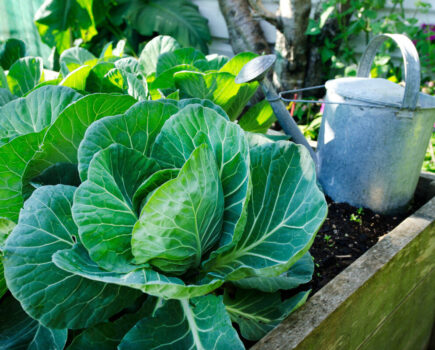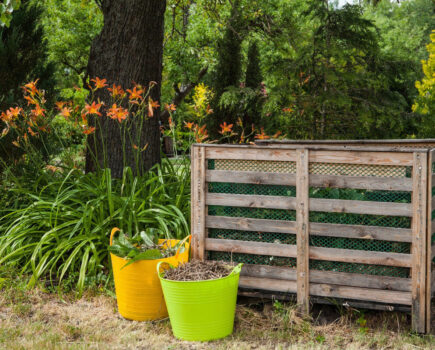Bob explains how to spread your bets and workload for better results no matter the weather
The climate’s never been predictable, but these days it seems to be becoming more haphazard. Not always detrimentally, and some crops have done surprisingly well, but to be fair, many have done poorly, and the outcome has been worse if we’ve put all our ‘eggs in one basket’ with crop varieties grown.
You see, when we sow carrots, parsnips or whatever, we can wait until the soil’s warm and wet enough. We can water if it’s dry, but what we can’t ensure is steady, even progression of the growing season from cool to hot to cool again. And if, as now more often happens, our sowing fails, then by the time we realise there may not be much time left to sow again.
Why several batches of sowing is better than one nowadays
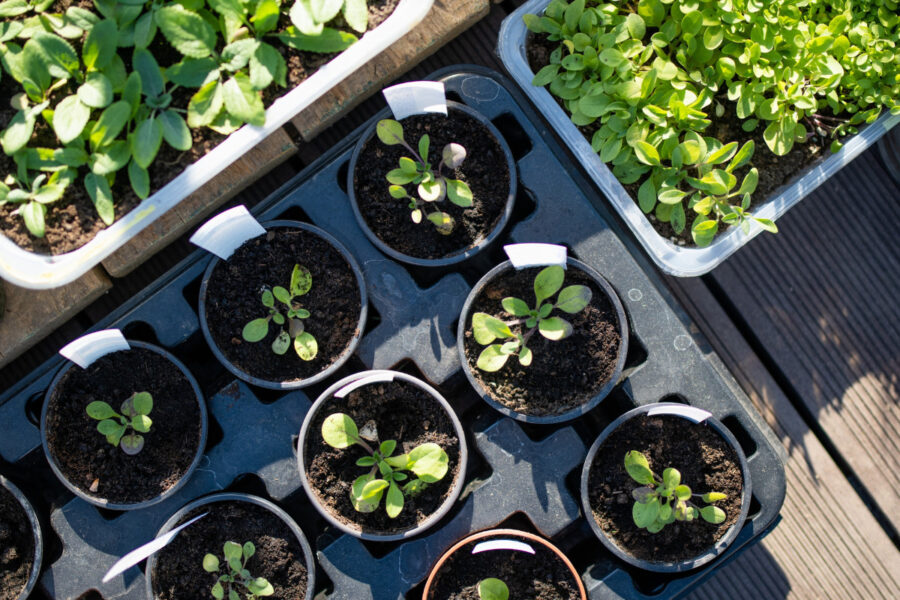
Despite increasingly erratic conditions last year, some crops did remarkably well, and not always compared to different crops, but sometimes compared to other sowings of the same variety. The successful ones simply hit the right window, catching the timing that clicked, whereas earlier or later sowings may have been hindered by the topsy turvy extremities and did poorly. So it is better to sow several successive small batches rather than one ‘getting-it-done’ lot. Indeed, when I trialled astrological sowing based on the alignment of the celestial bodies (biodynamic gardening) this is exactly what I found – there were huge differences in batches sown a few days apart, regardless of any alleged astrological significance.
Now, admittedly its more effort to go to the extreme and sow a 9m (30ft) row in ten instalments, three days apart over a month, than to do so all in one go. But if this gives us much better results it makes this worthwhile. Plus with some crops such as French beans, sowing in many smaller batches spreads their harvest more evenly over a longer period, as well as giving some much better batches besides.
Why not try more different varieties also both inside and out
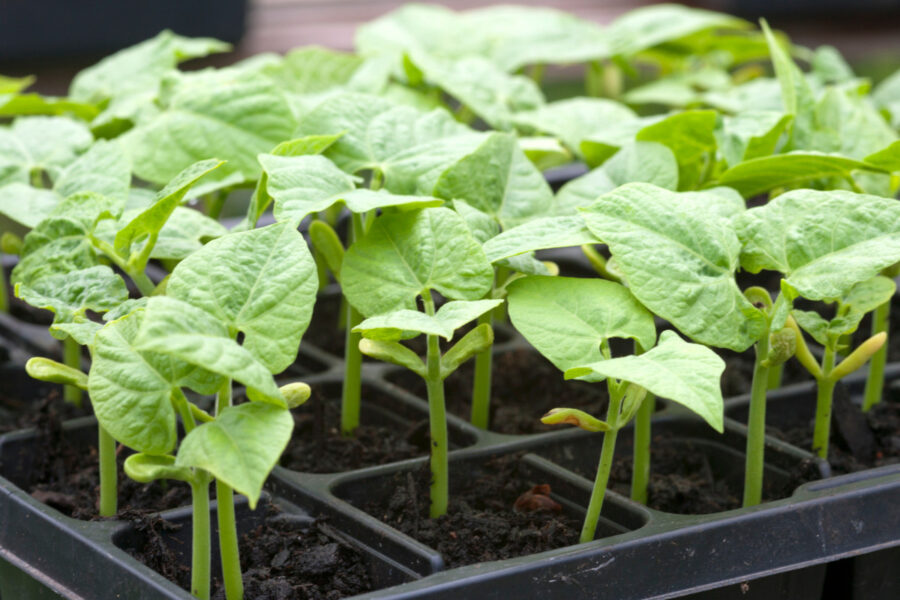
This holds even with crops undercover where they’re less affected by weather. I guarantee that if you sow anything in three or four batches, several days apart, there will be at least one batch much better than all the others. Similarly, when it comes to hardening off and planting out, do so in three batches and again you will find that at least one does far better than the others.
There’s another way of spreading our risk though, it does cost more upfront though, and this is to sow several varieties in every batch. So with the extreme carrot example where we’re sowing a 1m (3ft) part row every three days, each sowing could be a foot each of three varieties. Yes, it’s even more fiddly, but again it spreads our risks much further and it’s always worth growing several varieties just to compare them.
Or you could take a more selective approach
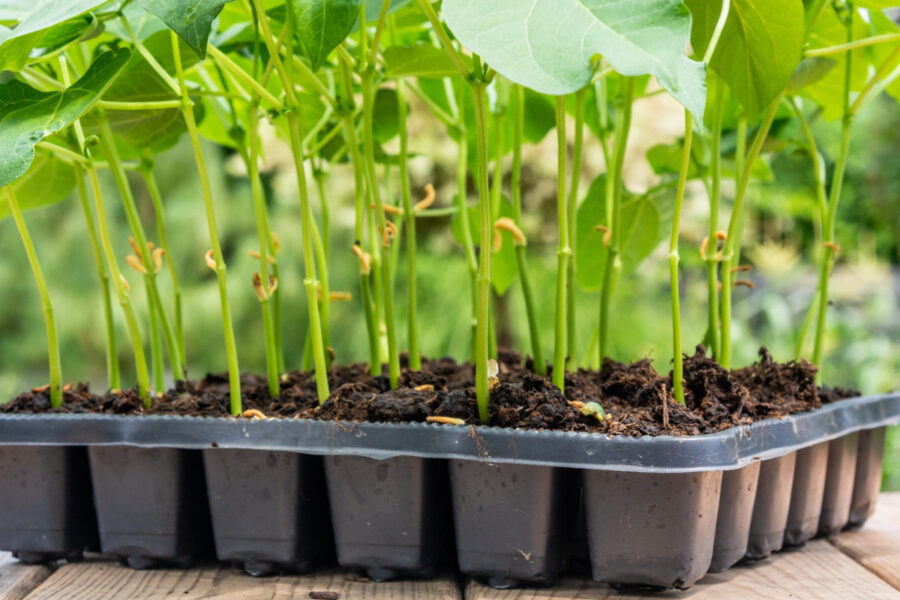
There is also another tedious, ruthless, but remarkably effective method to ensure at least one very good stand. Rather than sowing part of a row enough times to get some better batches, we sow a full row every few days AND immediately hoe out ALL the poorer-growing rows to sow something else, leaving only the very best to grow on.
Obviously this would be too arduous and space consuming for all our crops, but absolutely perfect for a favourite we really must succeed with. Lots of food for thought anyway.
Find more tips, advice and articles like this at the Amateur Gardening website. Subscribe to Amateur Gardening magazine now


